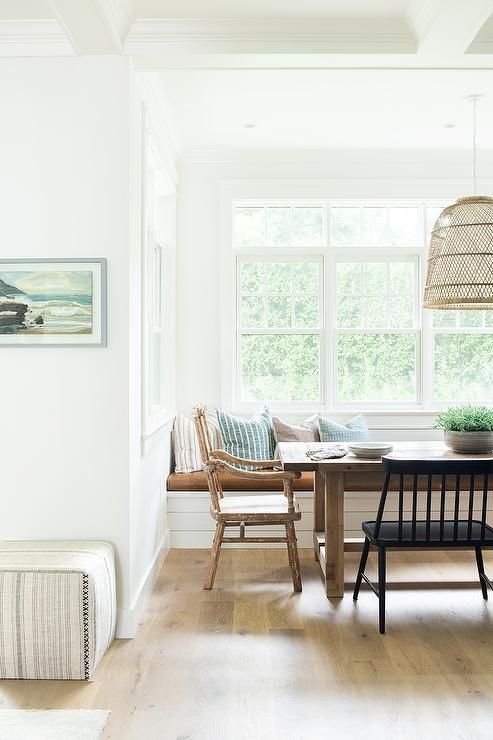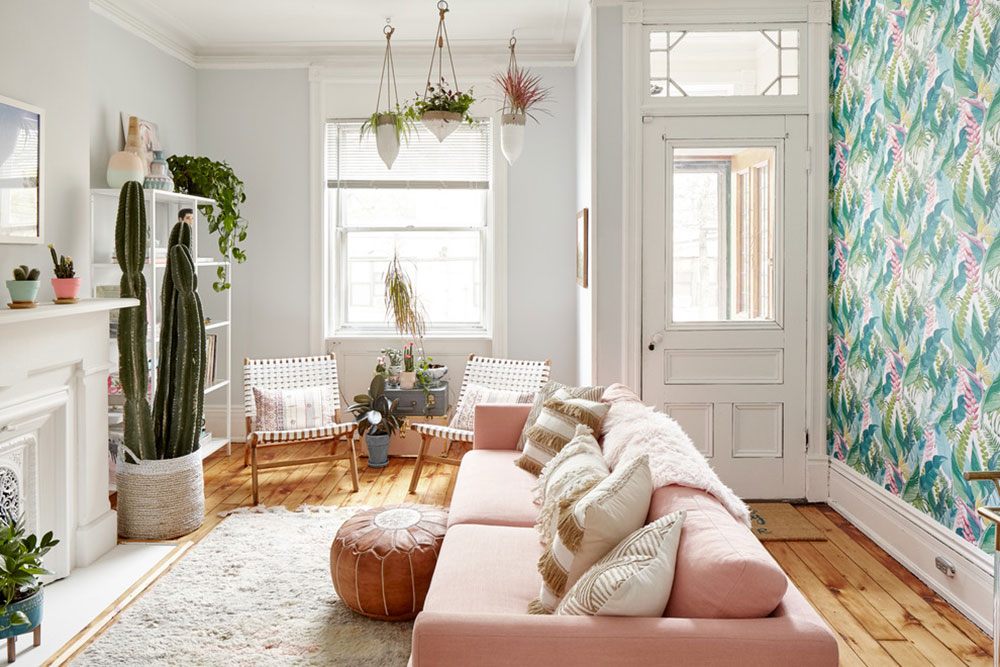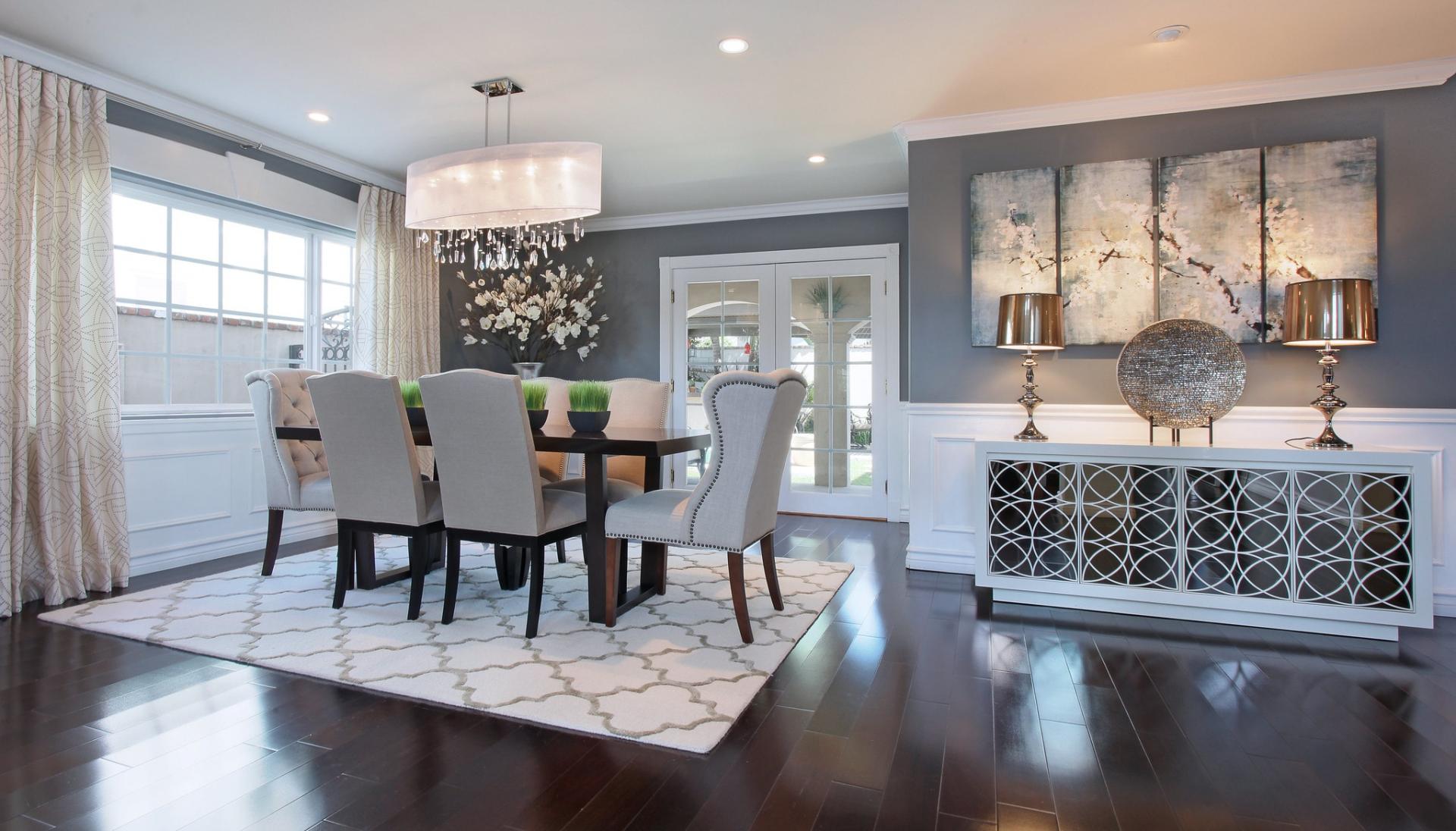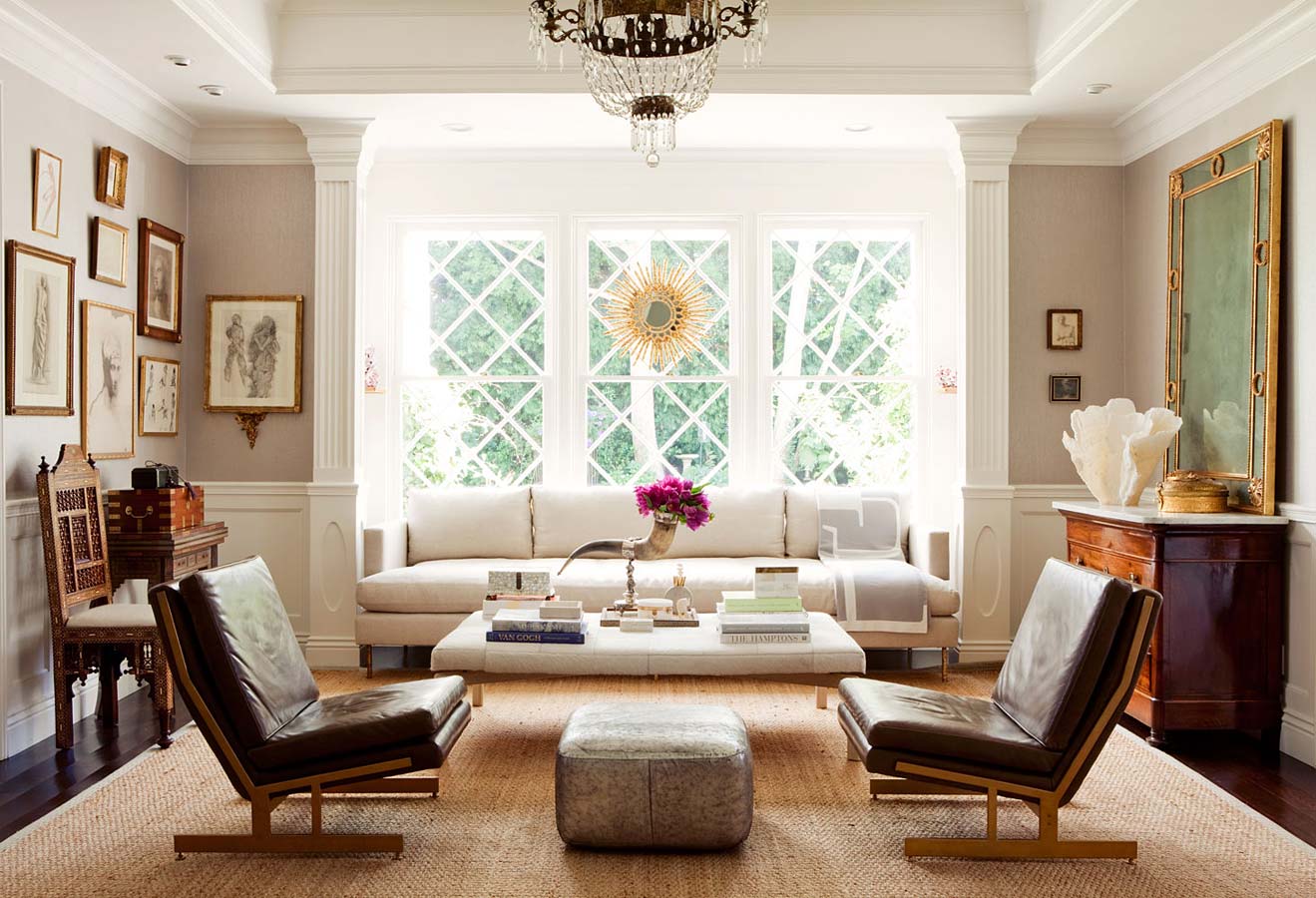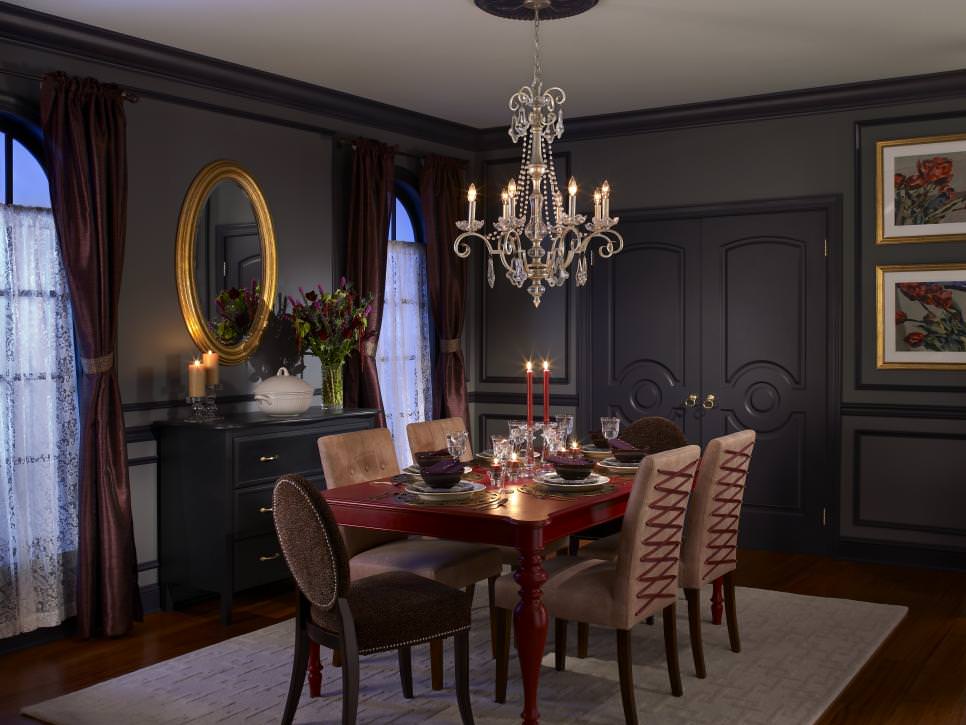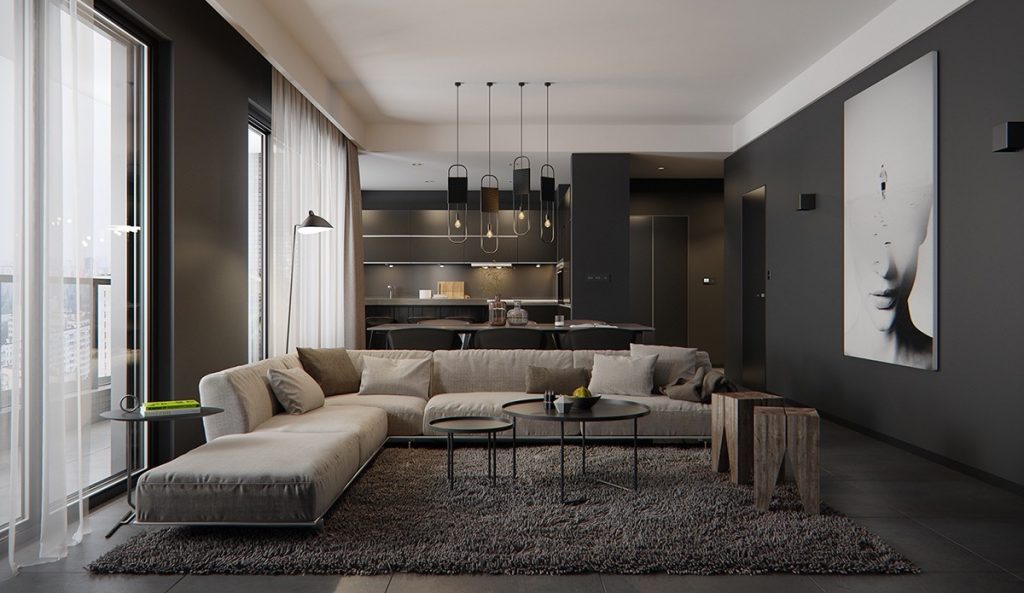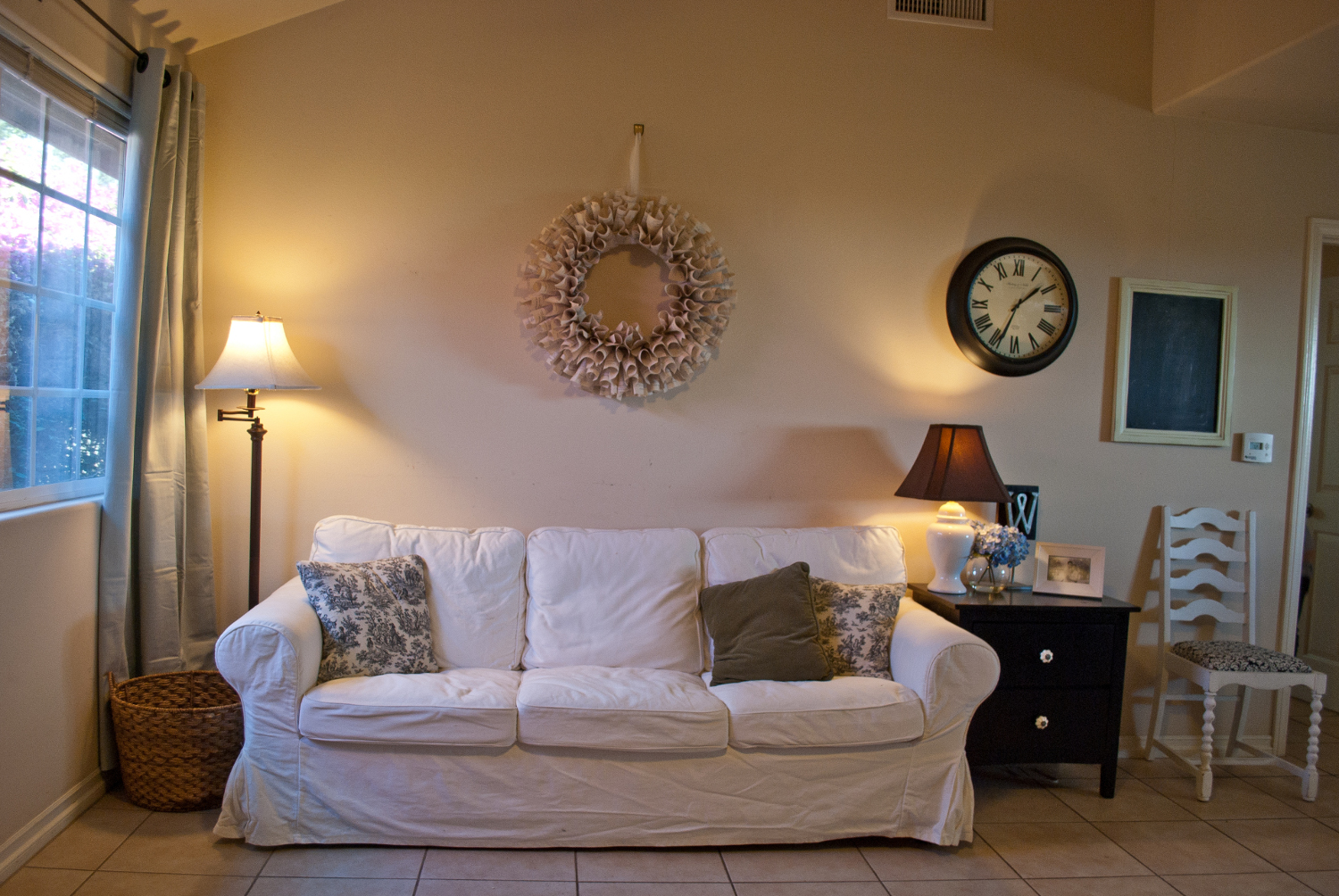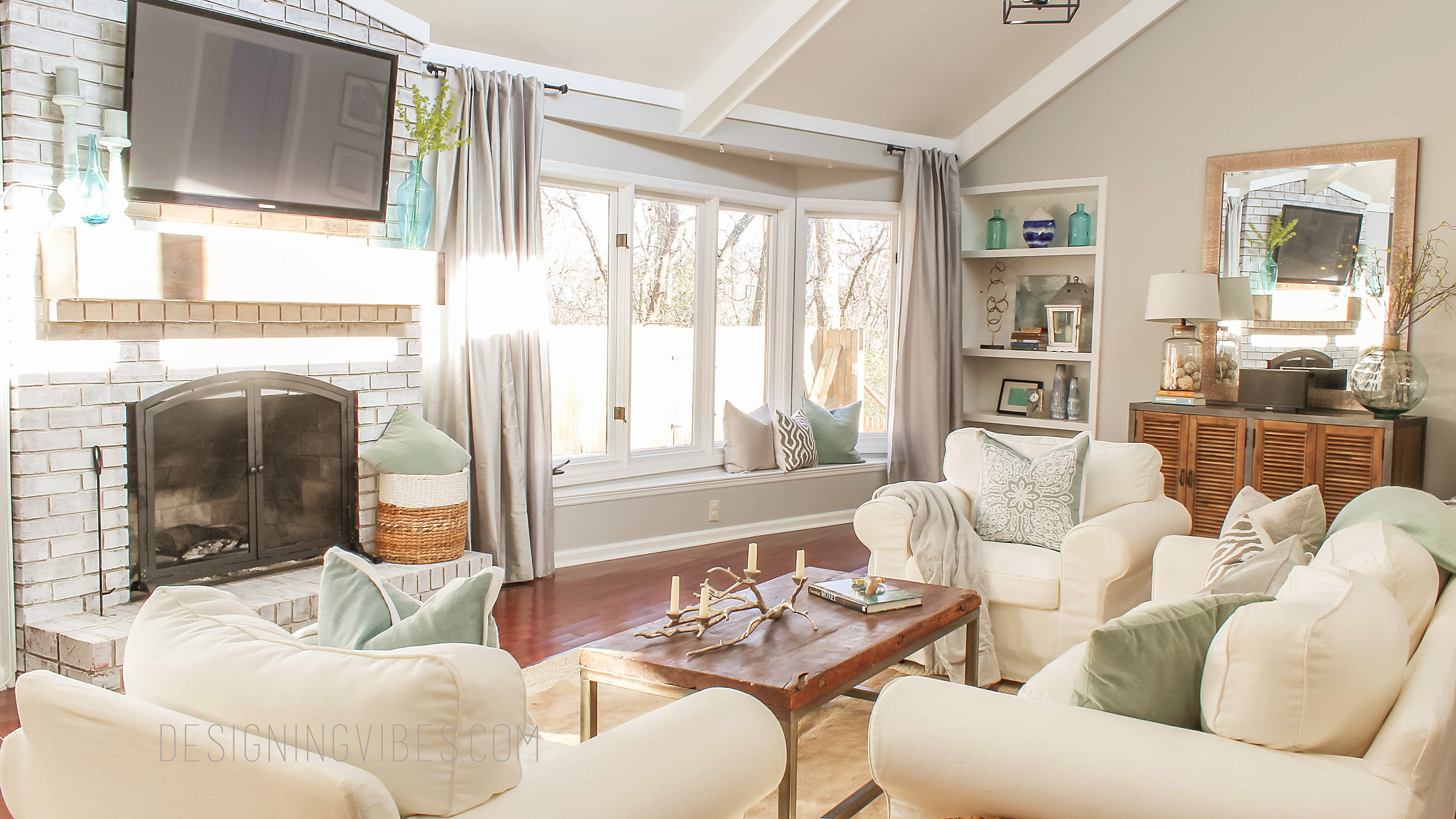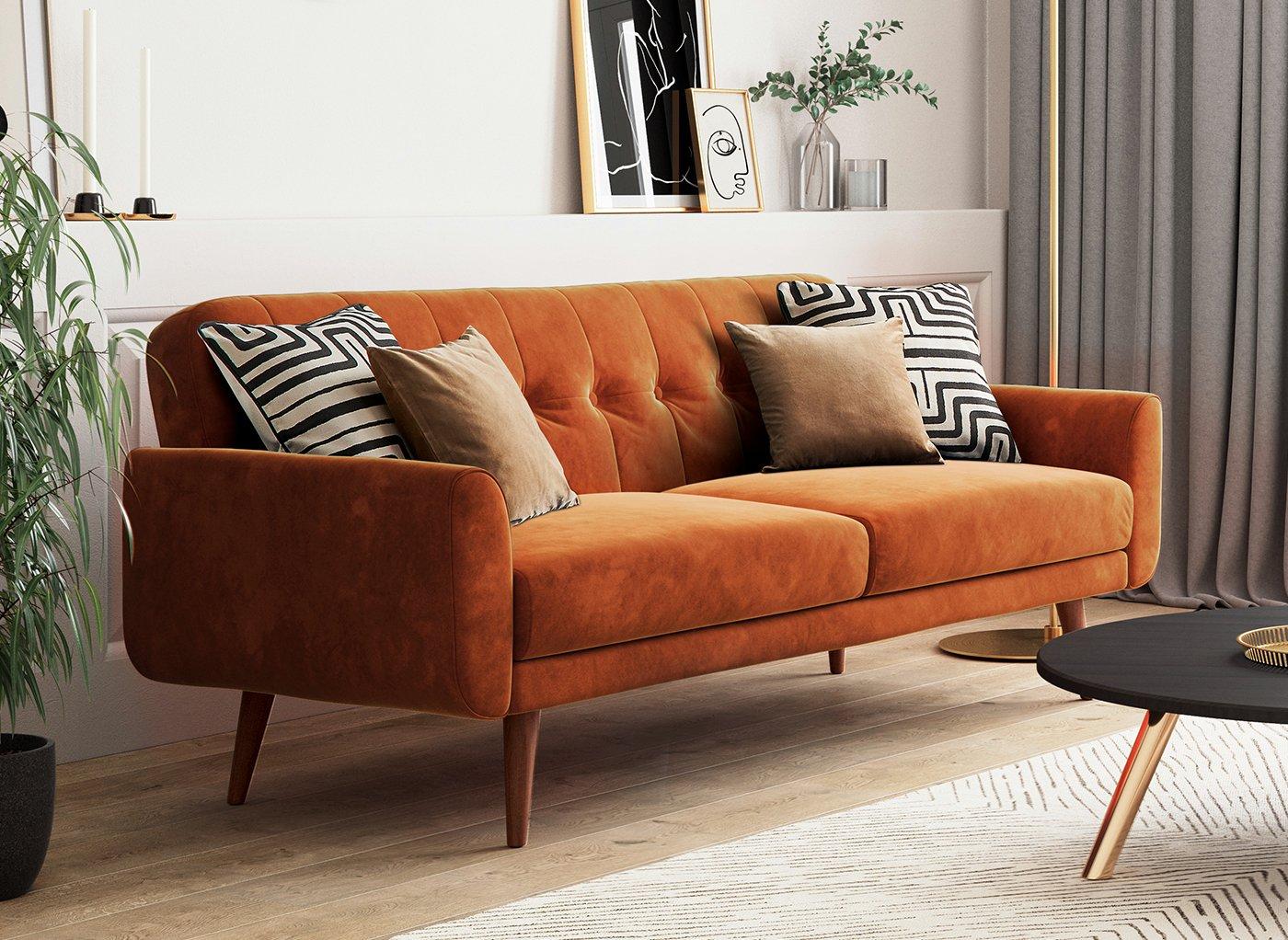Choosing the right color scheme for your dining living room is crucial in creating a cohesive and inviting space. The right combination of colors can set the mood and enhance the overall look of your room. With so many options available, it can be overwhelming to choose the perfect color scheme. To help you out, we have curated a list of the top 10 best colors for a dining living room combination.Top 10 Best Colors For Dining Living Room Combination
Neutral colors are a timeless choice for any room, including the dining living room. Shades of beige, gray, and white create a calming and sophisticated atmosphere. These colors also act as a blank canvas, allowing you to add pops of color through accessories such as cushions, rugs, and artwork. Light neutrals like ivory and cream can make your room feel open and airy, while dark neutrals like charcoal and taupe add a touch of elegance and warmth.Neutral Color Schemes for Dining Living Room Combination
If you want to create a warm and inviting atmosphere in your dining living room, consider using warm color combinations such as orange, red, and yellow. These colors are known to stimulate appetite and create a cozy ambiance. You can use these colors in different shades to add depth and dimension to your room. For example, mustard yellow can be paired with burnt orange for a bold and vibrant look, while peach and coral can add a softer touch.Warm and Cozy Color Combinations for Dining Living Room
For a bold and dramatic look, consider using contrasting colors in your dining living room. This involves pairing colors that are opposite on the color wheel, such as blue and orange, purple and yellow, or green and red. This combination creates a striking visual impact and adds a sense of energy to your room. You can use these colors in equal proportions or use one as the main color and the other as an accent.Contrasting Colors for a Bold Dining Living Room Combination
If you want to bring the outdoors inside and create a natural and earthy feel in your dining living room, consider using earth tones. These include shades of brown, green, and blue that are found in nature. These colors create a serene and calming atmosphere, making them perfect for a dining living room. You can also add earthy textures such as wood and stone to enhance the natural look.Earth Tones for a Natural Dining Living Room Look
A monochromatic color scheme involves using different shades of the same color in your dining living room. This creates a modern and sophisticated look, as well as a sense of harmony and balance. For example, you can use different shades of gray to create a gray-scale room or different shades of blue to create a blue-themed room. To add interest, you can also use different textures and patterns in the same color.Monochromatic Color Scheme for a Modern Dining Living Room
Complementary colors are colors that are opposite each other on the color wheel. When used together, they create a high contrast and add a sense of vibrancy to your dining living room. Some popular complementary color combinations include purple and yellow, green and red, and blue and orange. You can use these colors in different intensities to create a bold and lively space.Complementary Colors for a Vibrant Dining Living Room Combination
Cool colors such as blue, green, and purple are known to have a calming effect, making them perfect for a dining living room. These colors create a relaxing and tranquil atmosphere, making them ideal for unwinding after a long day. You can use different shades of these colors to create a coastal or spa-like feel in your room.Cool Tones for a Relaxing Dining Living Room Atmosphere
If you want to create a sophisticated and dramatic dining living room, consider using a dark color palette. Shades of navy, emerald, and charcoal create a sense of elegance and drama in your room. You can use these colors on your walls, furniture, or even as an accent through accessories. To balance out the darkness, you can add lighter colors such as cream or gold.Dark and Dramatic Color Palette for a Sophisticated Dining Living Room
If you have a small dining living room or want to create a sense of space, consider using light and airy colors. These include pastel shades of pink, blue, and green that create a soft and airy feel in your room. You can also use white as the main color to make your room feel bright and spacious. To add some contrast, you can use bold accent colors such as yellow or orange.Light and Airy Colors for a Bright Dining Living Room Combination
The Power of Color: Creating a Perfect Dining Living Room Combination

The dining living room is often the heart of a home, where family and friends come together to share meals, conversations, and create lasting memories. As such, it is important to create a space that is not only functional but also visually appealing. One of the key elements in achieving this is through the use of color. Choosing the right colors for your dining living room combination can make all the difference in creating a harmonious and inviting space.
The Basics of Color Psychology

Before diving into specific color combinations, it is important to understand the basics of color psychology. Colors have the power to evoke emotions and set the mood of a room. Warm colors such as red, orange, and yellow tend to create a sense of energy and warmth, while cool colors like blue, green, and purple can create a calming and serene atmosphere.
When deciding on colors for your dining living room, it is also important to consider the size and layout of the space. Lighter colors tend to make a room feel more spacious and airy, while darker colors can create a cozy and intimate feel. Keep in mind that the color of your walls will also affect the way other elements in the room, such as furniture and decor, appear.
Best Color Combinations for a Dining Living Room

Now that we have covered the basics, let's explore some of the best color combinations for a dining living room:
1. Neutrals with a Pop of Color
Neutral colors, such as beige, gray, and white, are versatile and can serve as a great base for any room. These colors provide a clean and timeless look and can be easily paired with a bold pop of color to add interest and character. Consider incorporating a bold accent wall or colorful furniture pieces to bring life to the space.
2. Monochromatic Scheme
A monochromatic color scheme involves using different shades of the same color. This creates a sense of harmony and balance in the room. For a dining living room combination, consider using shades of blue for a calming and sophisticated look or shades of green for a natural and fresh feel.
3. Complementary Colors
Complementary colors are opposite each other on the color wheel, such as red and green, blue and orange, or purple and yellow. Using these colors in a dining living room combination can create a vibrant and dynamic space. It is important to balance the colors and use them in moderation to avoid overwhelming the room.
Final Thoughts

The key to creating a perfect dining living room combination is to choose colors that reflect your personal style and create a welcoming atmosphere for you and your guests. Don't be afraid to experiment with different color combinations and find what works best for you. With the right colors, your dining living room will become a space that you and your loved ones will enjoy for years to come.
HTML Code:

<h2>The Power of Color: Creating a Perfect Dining Living Room Combination</h2>
<p>The dining living room is often the heart of a home, where family and friends come together to share meals, conversations, and create lasting memories. As such, it is important to create a space that is not only functional but also visually appealing. One of the key elements in achieving this is through the use of color. <b>Choosing the right colors for your dining living room combination can make all the difference in creating a harmonious and inviting space.</b></p>
<h3>The Basics of Color Psychology</h3>
<p>Before diving into specific color combinations, it is important to understand the basics of color psychology. <b>Colors have the power to evoke emotions and set the mood of a room.</b> Warm colors such as red, orange, and yellow tend to create a sense of energy and warmth, while cool colors like blue, green, and purple can create a calming and serene atmosphere.</p>
<p>When deciding on colors for your dining living room, it is also important to consider the size and layout of the space. <b>Lighter colors tend to make a room feel more spacious and airy, while darker colors can create a cozy and intimate feel.</b> Keep in mind that the color of your walls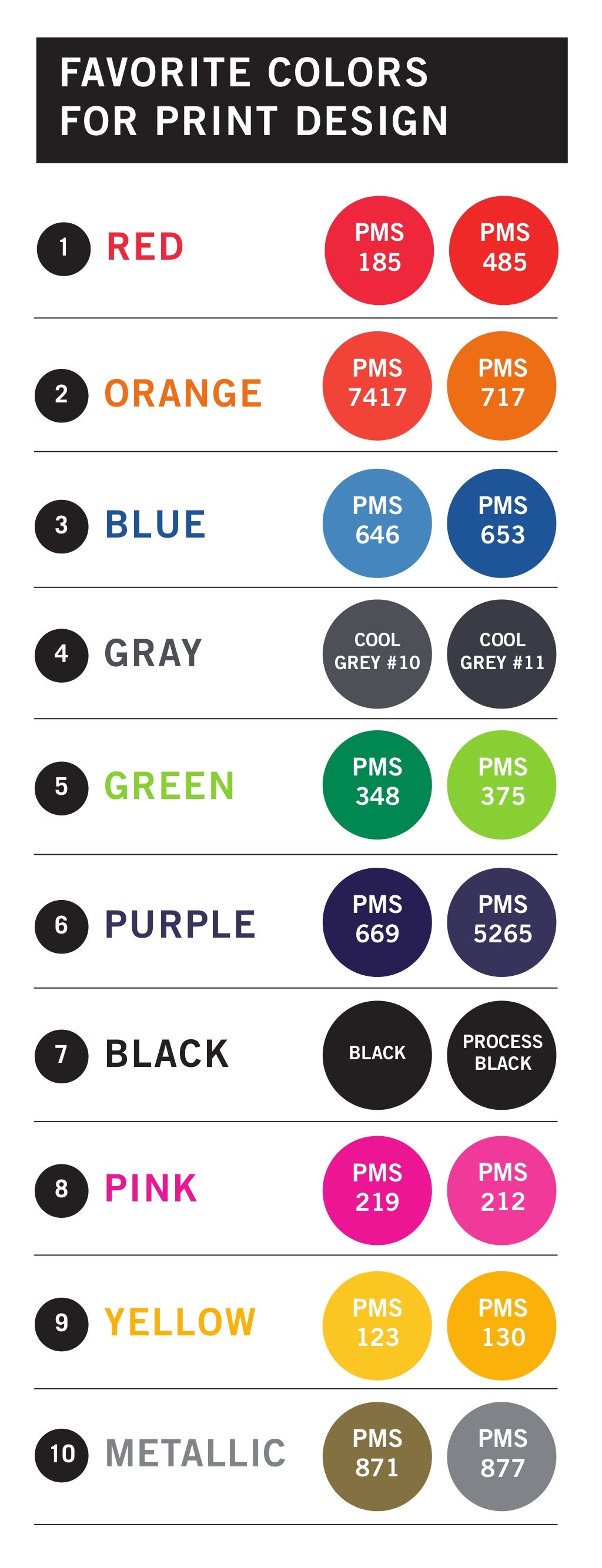



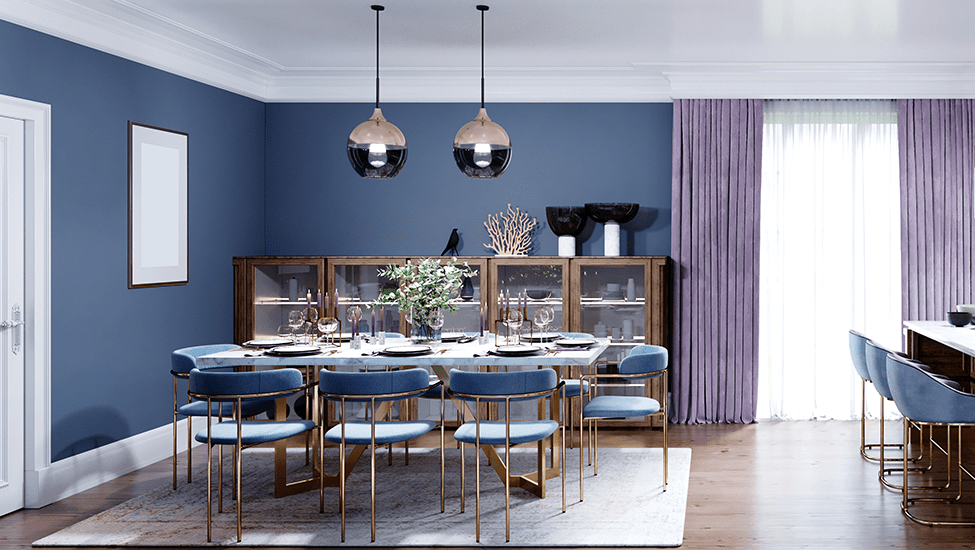




:max_bytes(150000):strip_icc()/DesignbyEmilyHendersonDesignPhotographerbyZekeRuelas_30-ad51133a857343228a2c56f76a22825f.jpg)



/Neutrallivingroom-GettyImages-568518365-5a6260a87d4be80036ac6b0c.jpg)

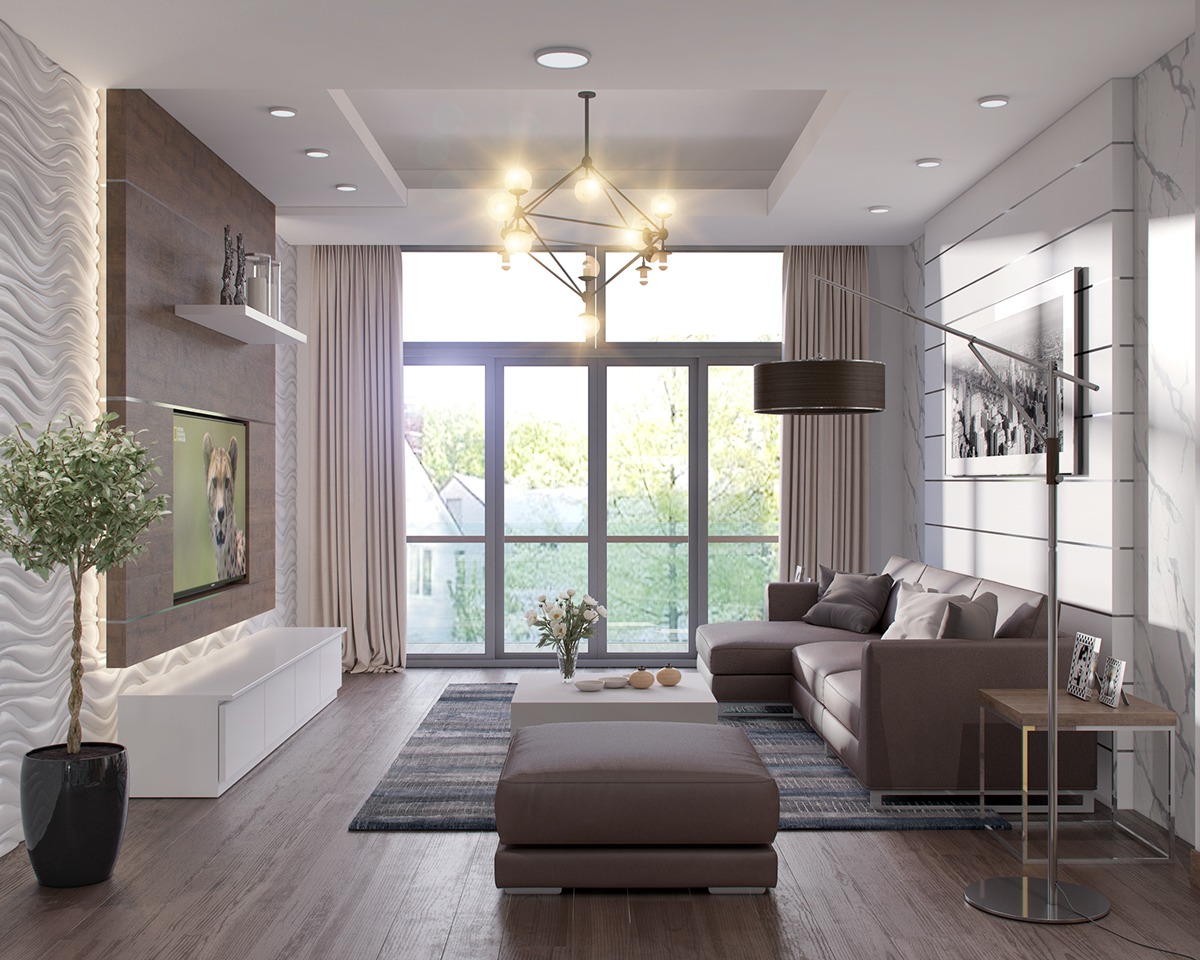
/169789002-58a723d63df78c345b930ec6.jpg)
/Lee-Edwards-Getty-Images-56a5ae653df78cf7728968ec.jpg)
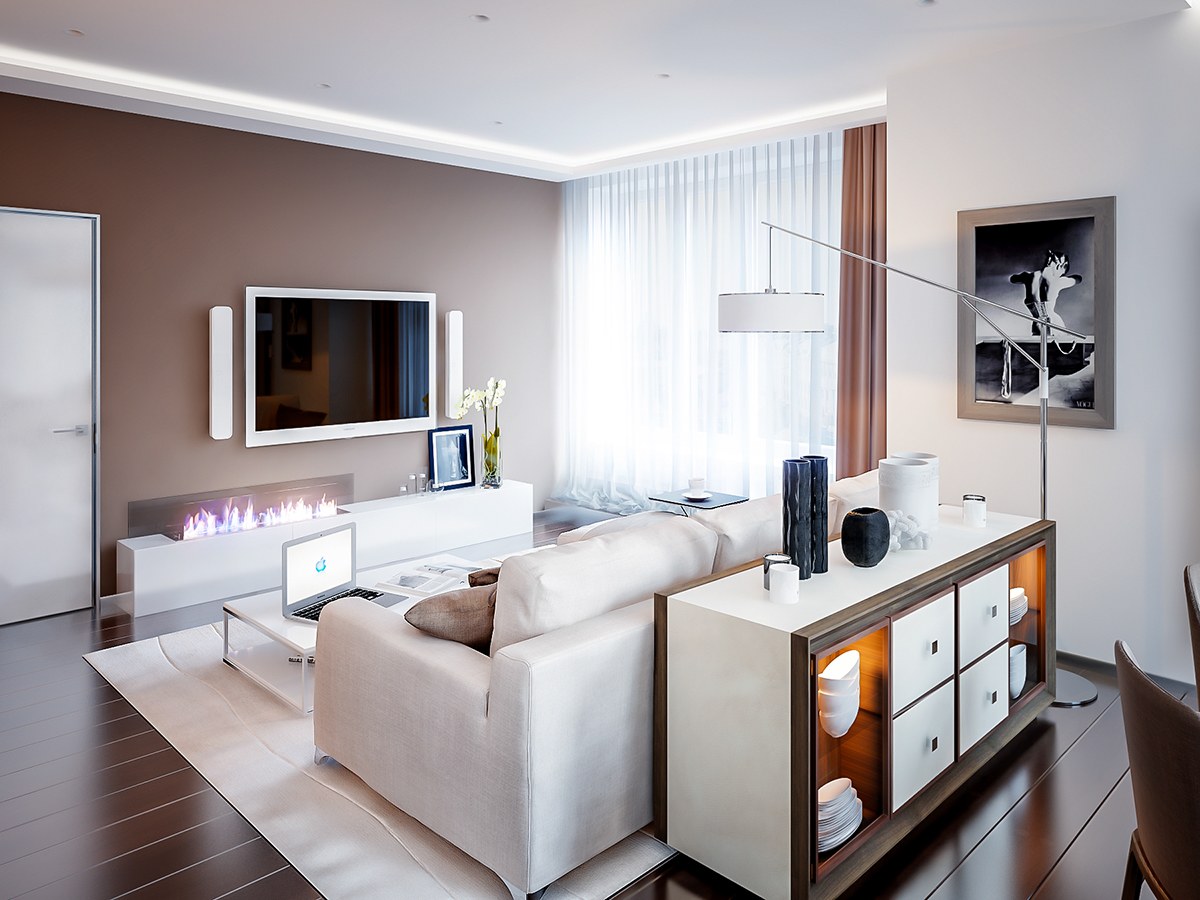





:max_bytes(150000):strip_icc()/Warm-and-cozy-living-room-Amy-Youngblood-589f82173df78c47587b80b6.png)





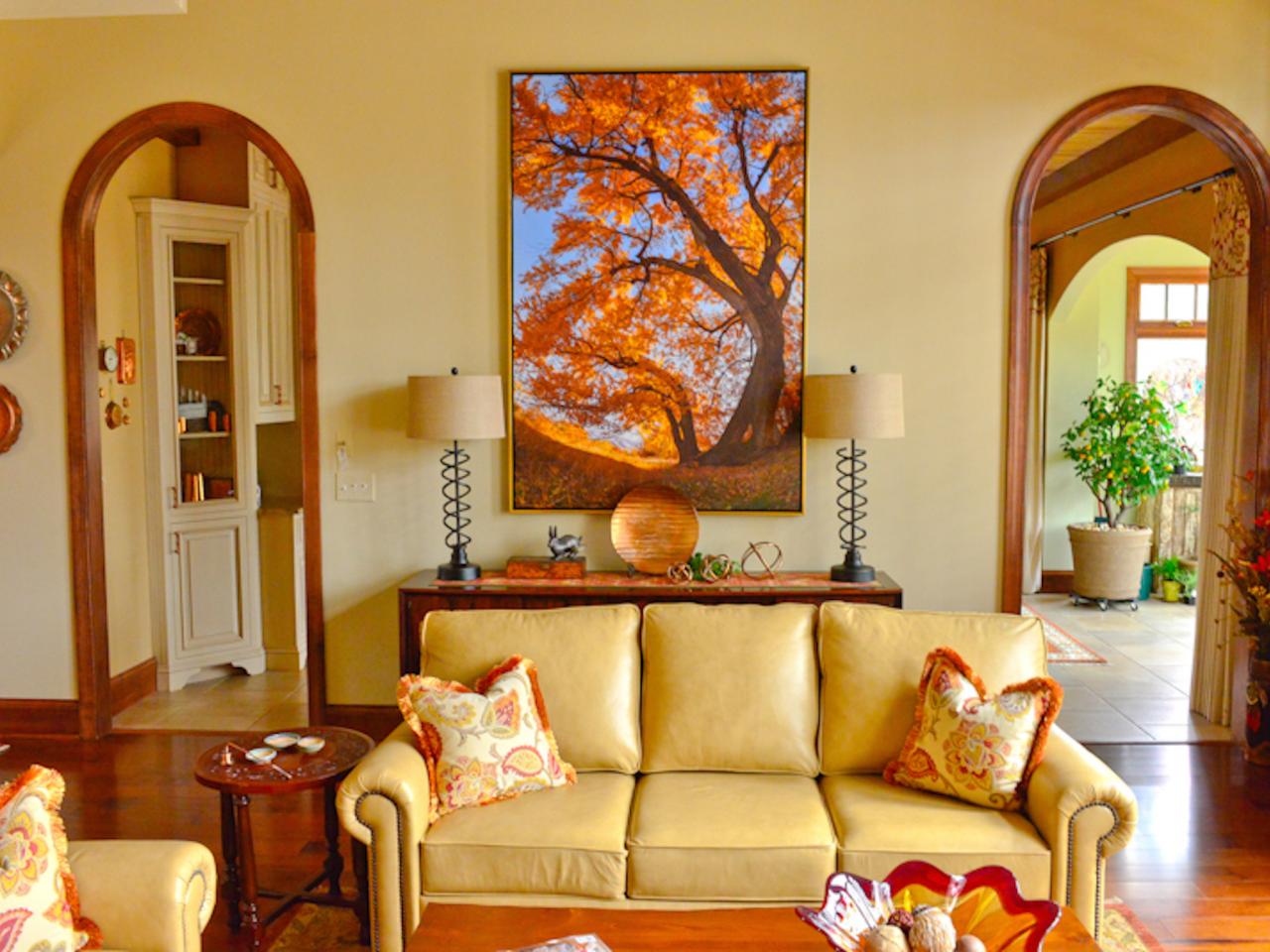
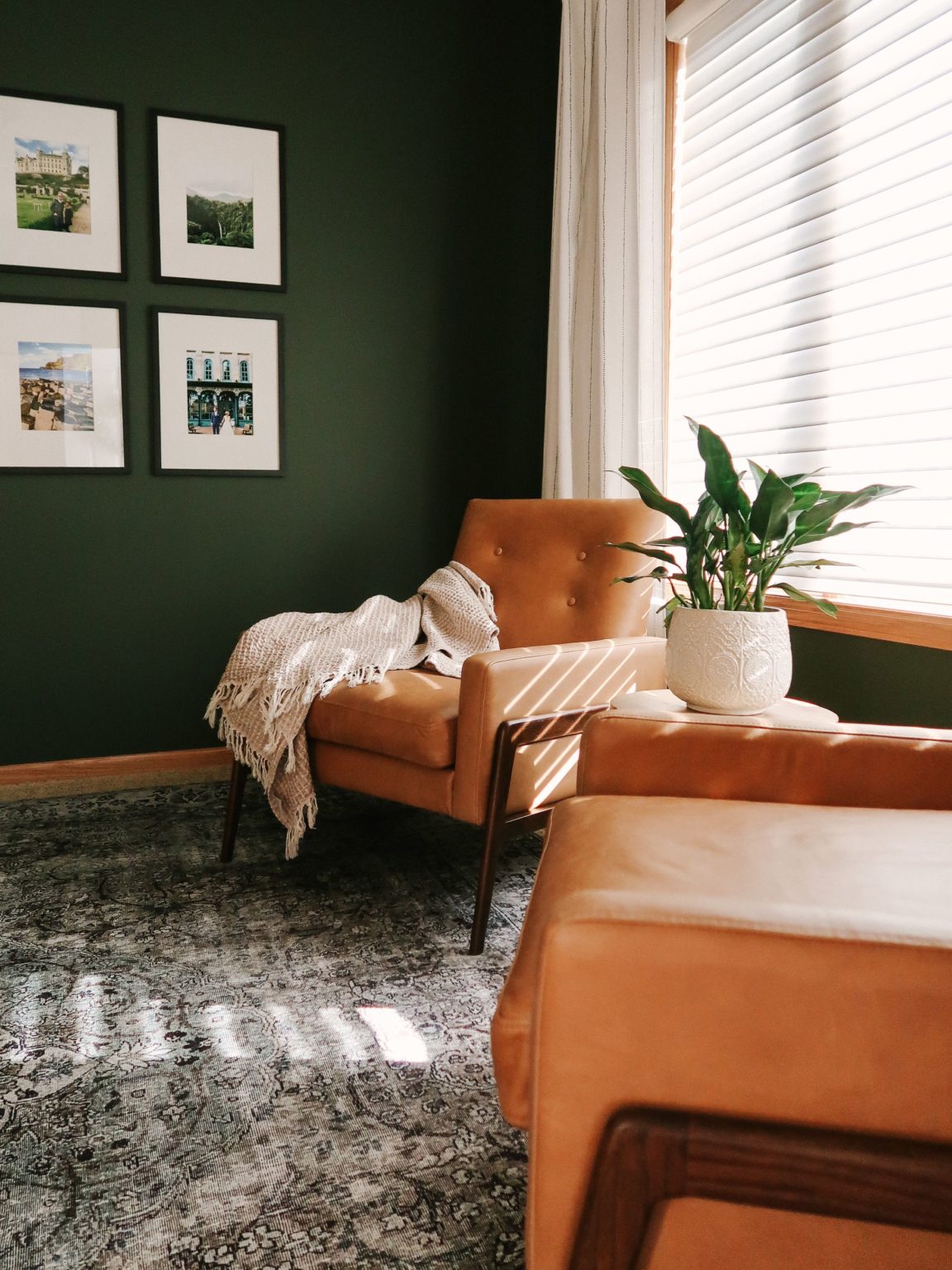



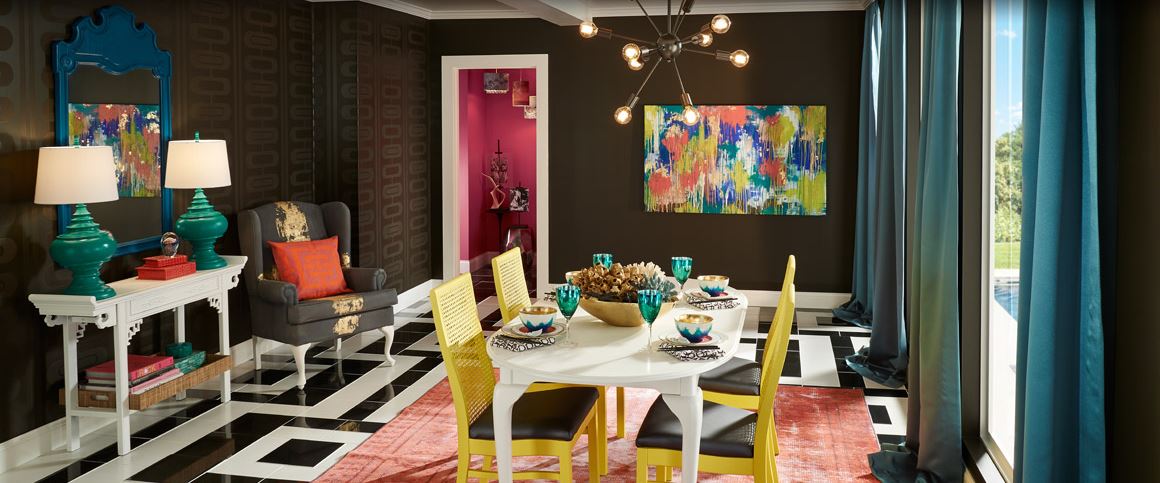








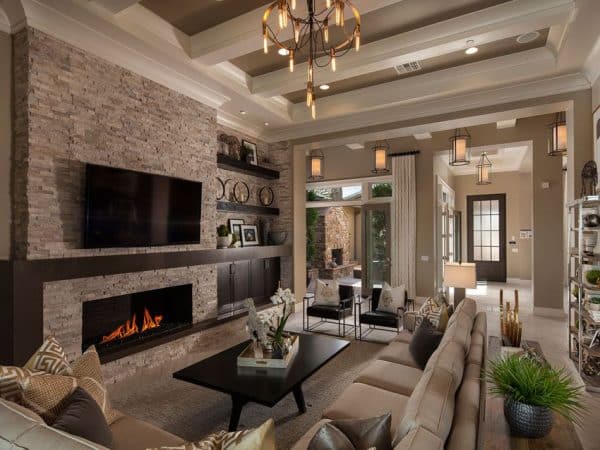







:max_bytes(150000):strip_icc()/KZ8O0W-5abd0d4fa18d9e0037e877ab.jpg)

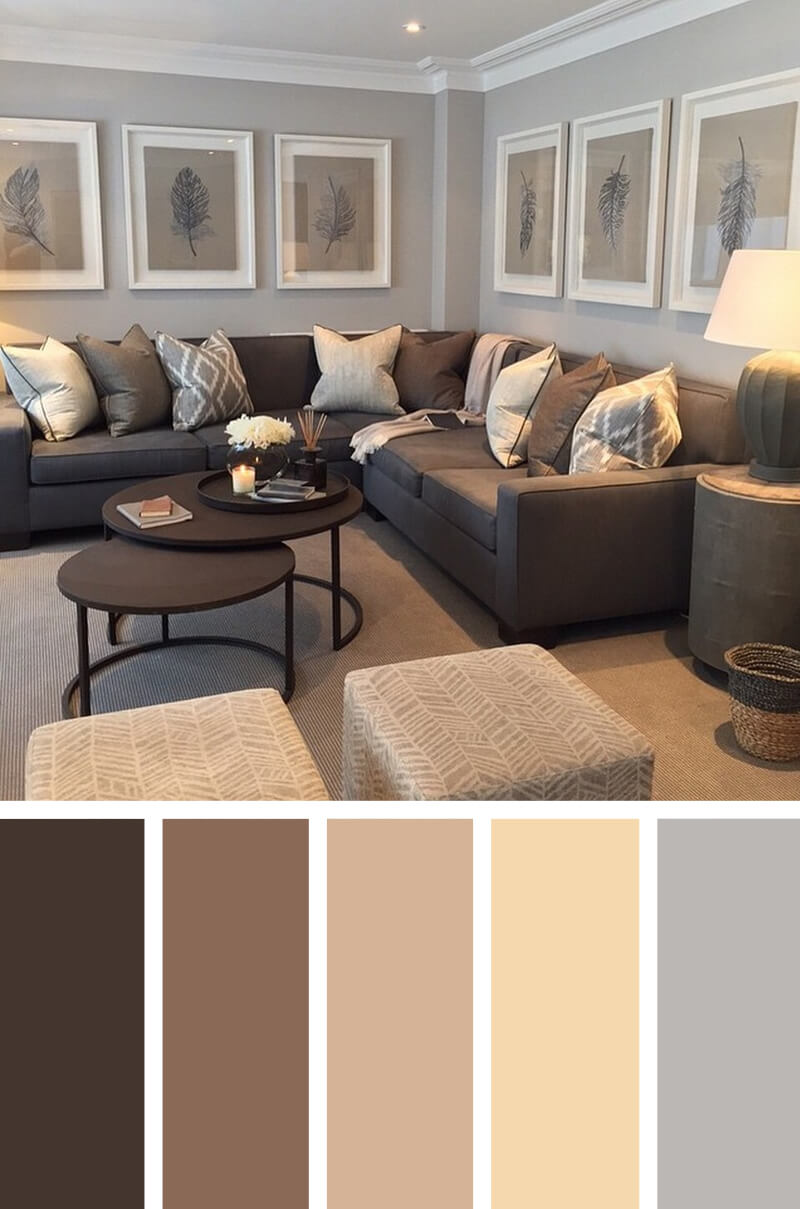




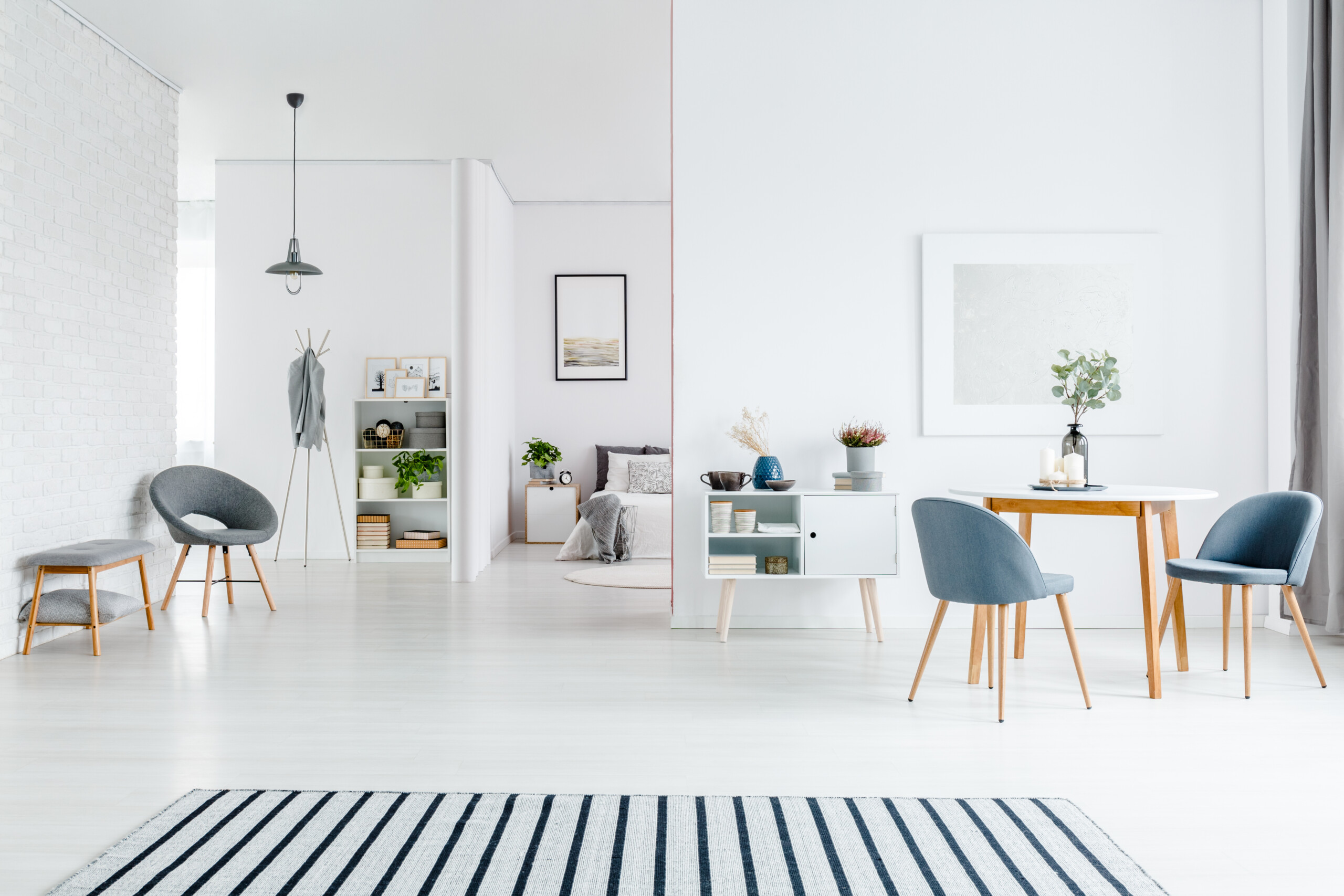

:max_bytes(150000):strip_icc()/monochromatic-175424478-resized-58a475403df78c4758656547.jpg)
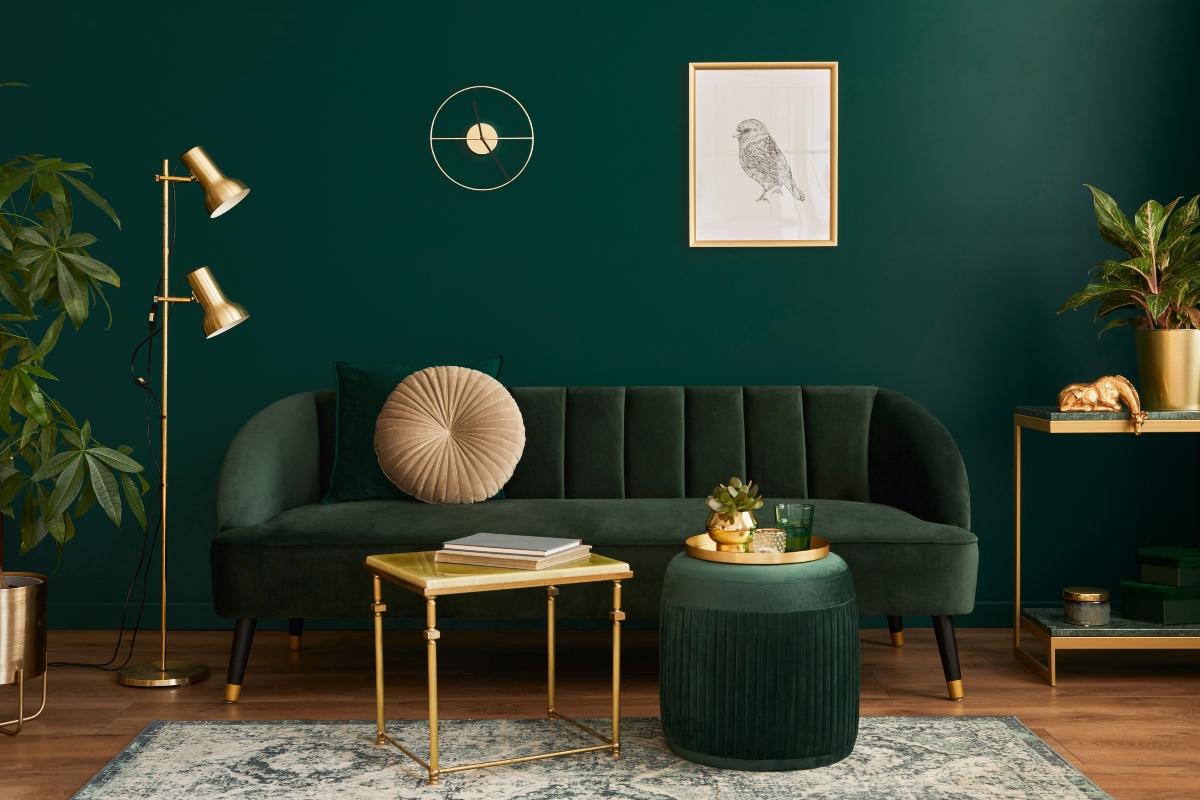




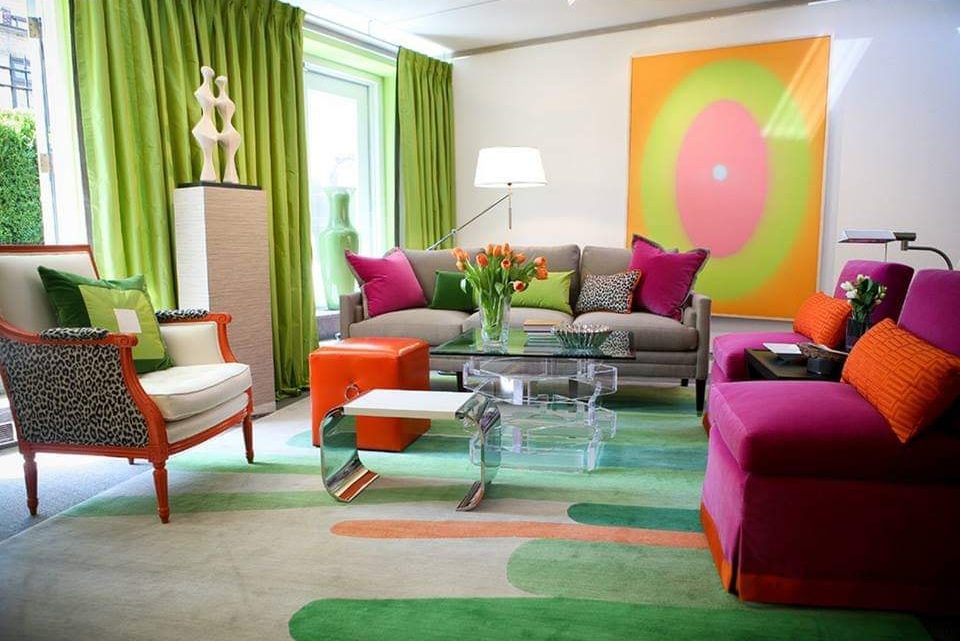



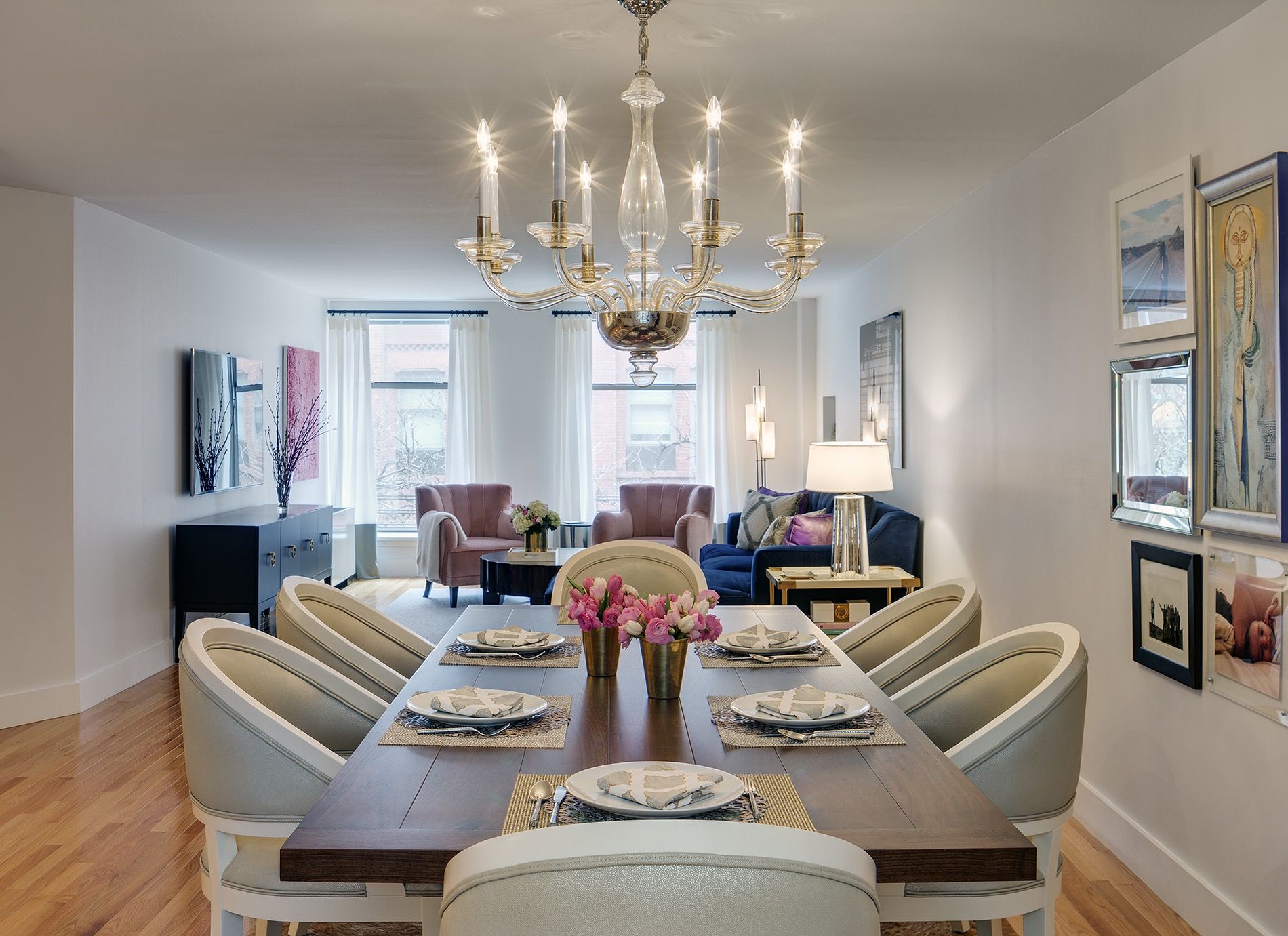

:max_bytes(150000):strip_icc()/living-dining-room-combo-4796589-hero-97c6c92c3d6f4ec8a6da13c6caa90da3.jpg)


